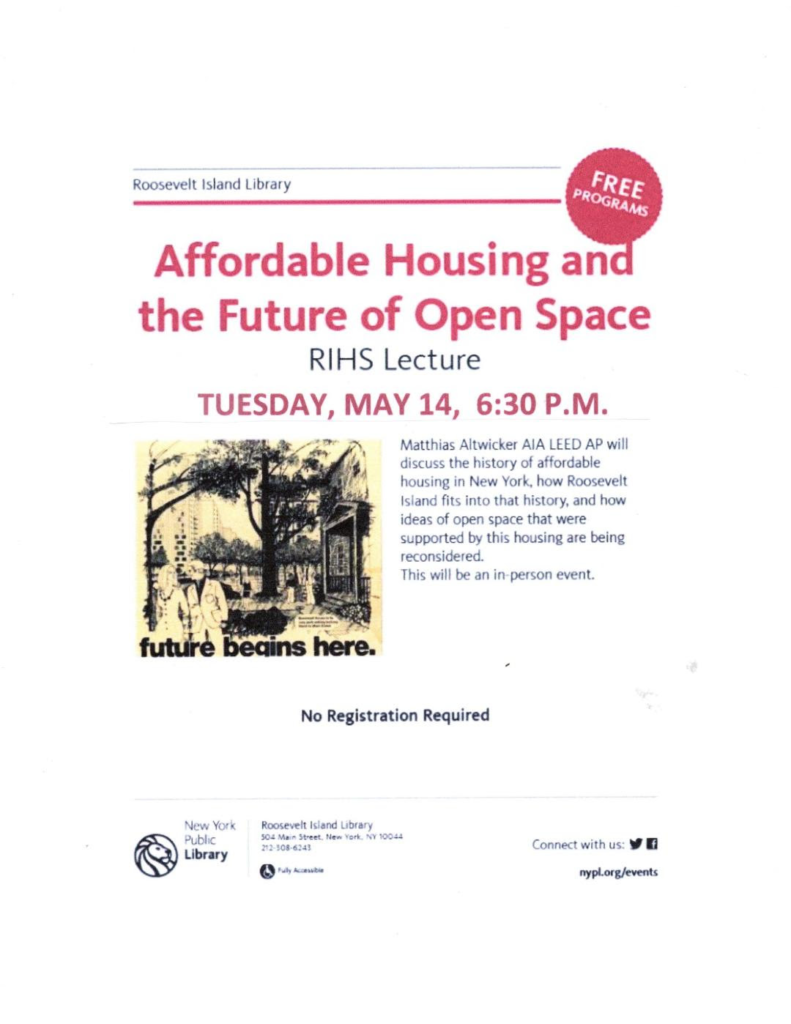Monday, May 13, 2024 – HOW MANY OF THESE DO YOU REMEMBER




MONDAY, MAY 13, 2024
ISSUE # 1234
1960’S
NEW YORK HOSPITAL
&
DEPARTMENT STORES
EPHEMERAL NEW YORK

What a 1960s road map reveals about New York’s hospitals and department stores—then and now

Back then, subway routes were noted as either the IRT, BMT, or Independent line; the Metropolitan Opera House stood at Broadway and 39th Street; and the neighborhood about to be rechristened the East Village was a vast and empty space simply labeled “East Side.”
But the “High Spots in New York” map, as Hagstrom called it, reveals even more differences between the city of the 1960s and contemporary Gotham in the map’s sidebars, which list places of interest worth visiting.

Skyscrapers worth a look include the Singer Tower, born in 1908 and demolished in 1968. Nightlife suggestions feature the Village Gate and Sammy’s Bowery Follies, both vanished. Movie theater options include the Greenwich, formerly on Greenwich Avenue and 12th Street (now a gym), and the Gramercy, once on Lexington Avenue and 23rd Street.
But I think the biggest changes are in two lists the map provides: one of hospitals, the other of department stores.

The New York of today is a city with a handful of huge hyphenated hospital conglomerates. But look at the hospitals from 1964.
St. Luke’s and Roosevelt are separate entities, St. Vincent’s serves the Village, University hasn’t been renamed NYU Langone, and Sydenham, which opened in 1892 on East 116th Street, operated in West Harlem. (It closed in 1980.)

The department store list is a little heartbreaking for New Yorkers who remember the city as a department store wonderland. Of the 21 stores on this list, I count only four that still stand: Macy’s, Saks, Bergdorf’s, and Bloomingdale’s.
It’s not that the city was better off with more small hospitals or a larger selection of department stores. But it’s jarring to see the differences between 1960s New York and the Manhattan we live in today laid out so starkly on a 60-year-old road map.

A SPECIAL VISITORMelissa
Pflum, the great-granddaughter of Franklin D. Roosevelt, visited the kiosk on Sunday. Melissa is the granddaughter of Eliot Roosevelt and the daughter of James Roosevelt. She and her family spent part of Mother’s Day visiting the island.
CREDITS:
EPHEMERAL NEW YORK
All image are copyrighted (c) Roosevelt Island Historical Society unless otherwise indicated
THIS PUBLICATION FUNDED BY DISCRETIONARY FUNDS FROM CITY COUNCIL MEMBER JULIE MENIN & ROOSEVELT ISLAND OPERATING CORPORATION PUBLIC PURPOSE FUNDS.


Copyright © 2024 Roosevelt Island Historical Society, All rights reserved.Our mailing address is:
rooseveltislandhistory@gmail.com

Leave a comment